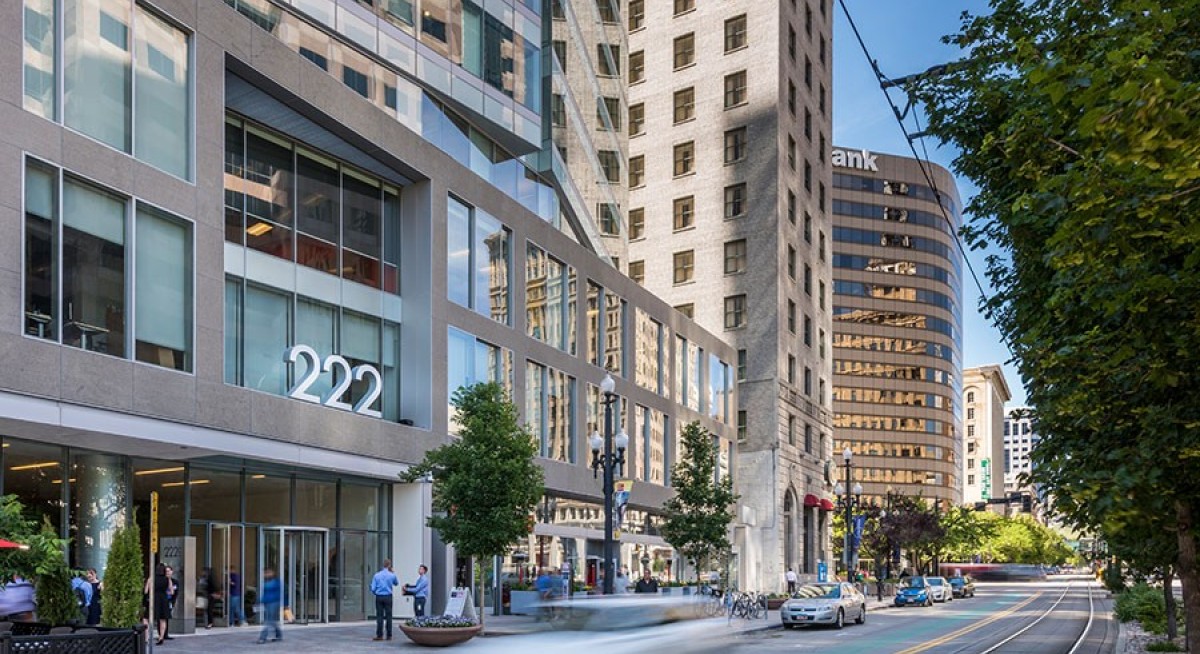In an August update following Prime US REIT’s 1H2025 results, RHB Bank said a key positive was the turnaround in portfolio occupancy, with a noticeable pick-up in leasing momentum and return of large leases. “Rental reversions improved, aided by flight-to-quality, return-to-office policies, and limited new supply. Green shoots are seen in the US office transaction market, and improved liquidity will alleviate refinancing concerns. Key hurdles are volatile interest rates and a potential return of inflation from tariff policies, which could slow down the ongoing recovery,” the RHB report said.
Prime US REIT’s 4.3% positive rental reversions in 2Q2025 indicates that occupancy increases were not at the expense of rents, but rather a function of improving demand and flight-to-quality trends, RHB adds.
On Sept 10, UOB Kay Hian pointed out there is some positive momentum in Austin and Denver on the leasing front for Keppel Pacific Oak US REIT (KORE), but headwinds at The Plaza Buildings in Bellevue. “Management guided portfolio occupancy to slip slightly to 86-88% by end-25 due to known vacates of 174,000 sq ft. We have recalibrated our assumed payout ratio to 25% in 2026, 40% in 2027, 55% in 2028 and a stabilised 70% in 2029,” UOBKH says. However, it downgraded its recommendation on KORE from buy to neutral. KORE suspended its distributions per unit in 2023, but Prime US REIT continues to pay out DPU, albeit at a low payout ratio of 10%.
The main negative for the US S-REITs listed in Singapore is that none of their assets are in the cities that have both recovered from the pandemic and are the least impacted by the Trump administration’s policies. These are the gateway cities in the north-east and on the West Coast. California has overtaken Japan as the world’s fourth largest economy.




